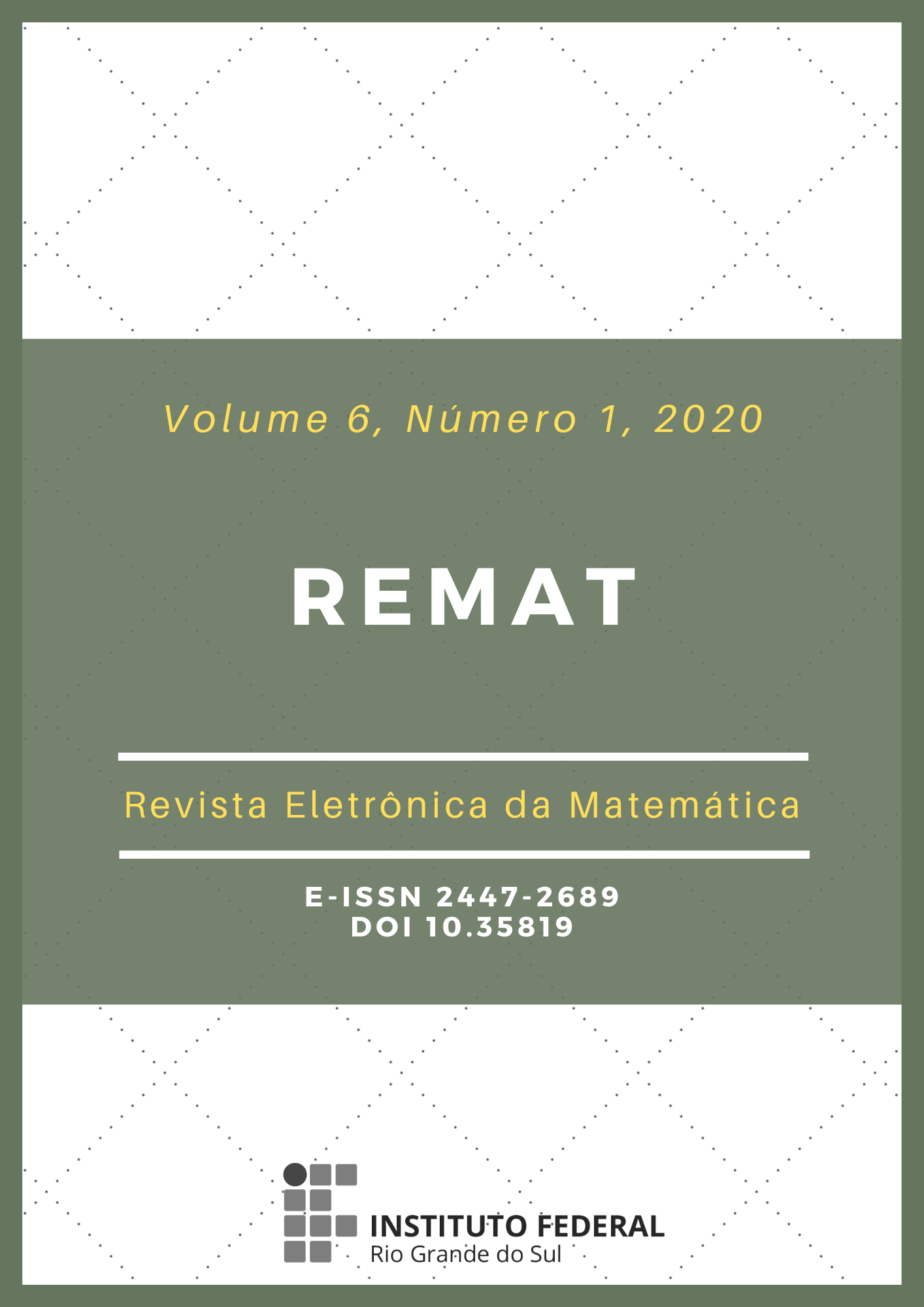Application of the Least Squares Method to the adjusting the power curve of a small wind generator
DOI:
https://doi.org/10.35819/remat2020v6i1id3492Keywords:
Mathematical Modeling, Wind Energy, Curve Adjustment, Least Squares Methods, Power CurveAbstract
With the development of the wind industry and the need of generating electricity, wind turbines are being installed in several locations. In each installation environment certain peculiarities are observed, which do necessary to model the relationship between the wind speed and the power generated by the wind turbine, in order to predict correctly the energy production in any environment. In this paper, a proposal was made, based on data collected by a wind generator in June 2017, to find a polynomial representation for the power curve of a specific wind turbine model, using a curve fitting method. The representation obtained was validated with the daily results collected and with the wind turbine power curve obtained which presented satisfactory results. In The 14929 data recorded per minute by the wind turbine during a month, the Least Squares Method was applied, using a grade 3 in these polynomial as base. The objective of this paper is to find a polynomial that adequately represents the power curve of a small wind turbine. Once this polynomial was found, the level of correlation and significance was evaluated to compare the polynomial found with experimental data collected over 30 days and the power curve of the polynomial. The results obtained are satisfactory for the cases in which the experiments allowed us to collect useful data for more than 2 consecutive hours.
Downloads
Downloads
Published
Issue
Section
License
REMAT retains the copyright of published articles, having the right to first publication of the work, mention of first publication in the journal in other published media and distribution of parts or of the work as a whole in order to promote the magazine.
This is an open access journal, which means that all content is available free of charge, at no cost to the user or his institution. Users are permitted to read, download, copy, distribute, print, search or link the full texts of the articles, or use them for any other legal purpose, without requesting prior permission from the magazine or the author. This statement is in accordance with the BOAI definition of open access.













 https://orcid.org/0000-0002-0893-7426
https://orcid.org/0000-0002-0893-7426


















